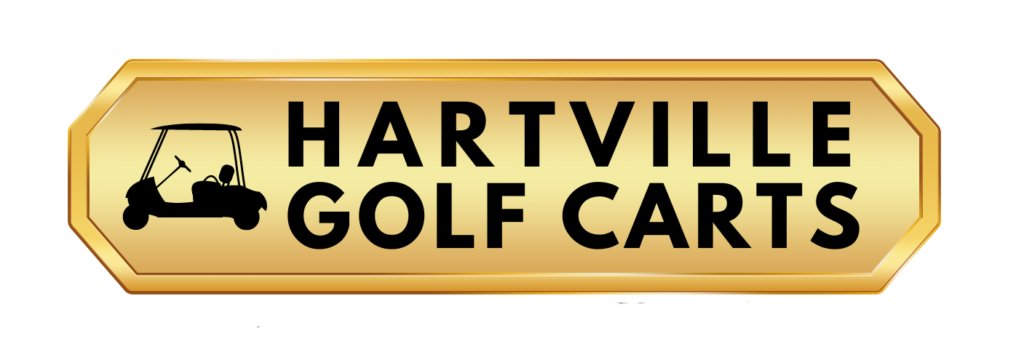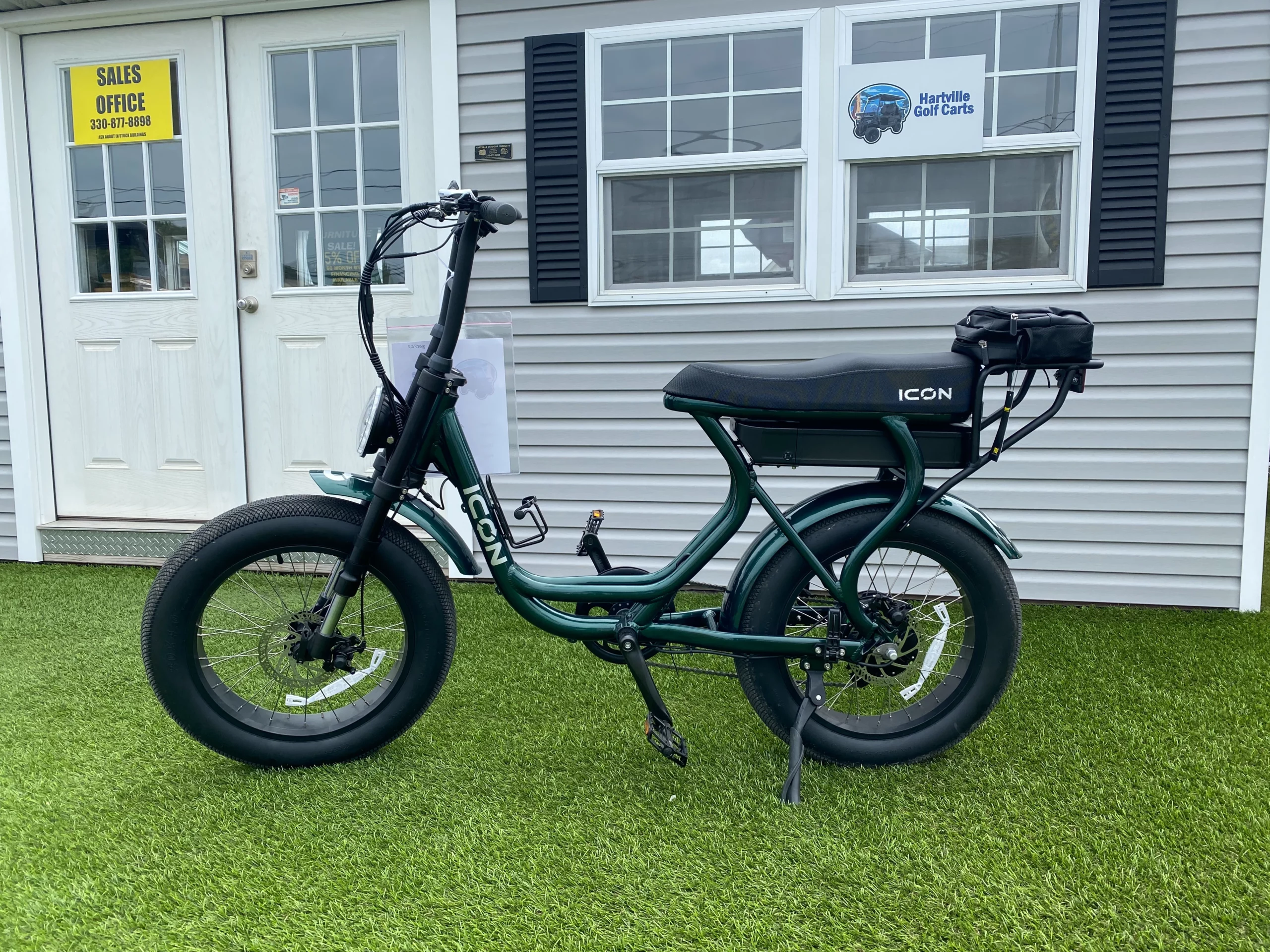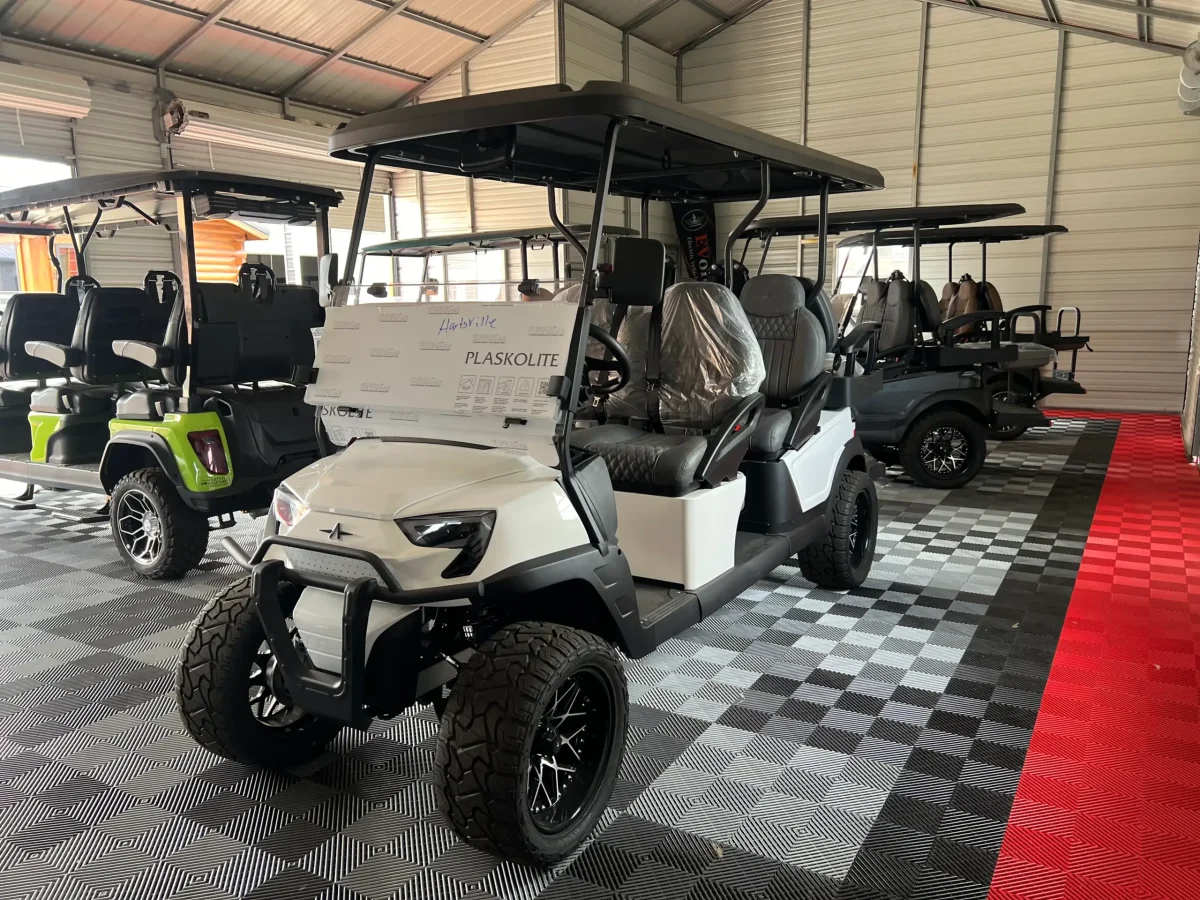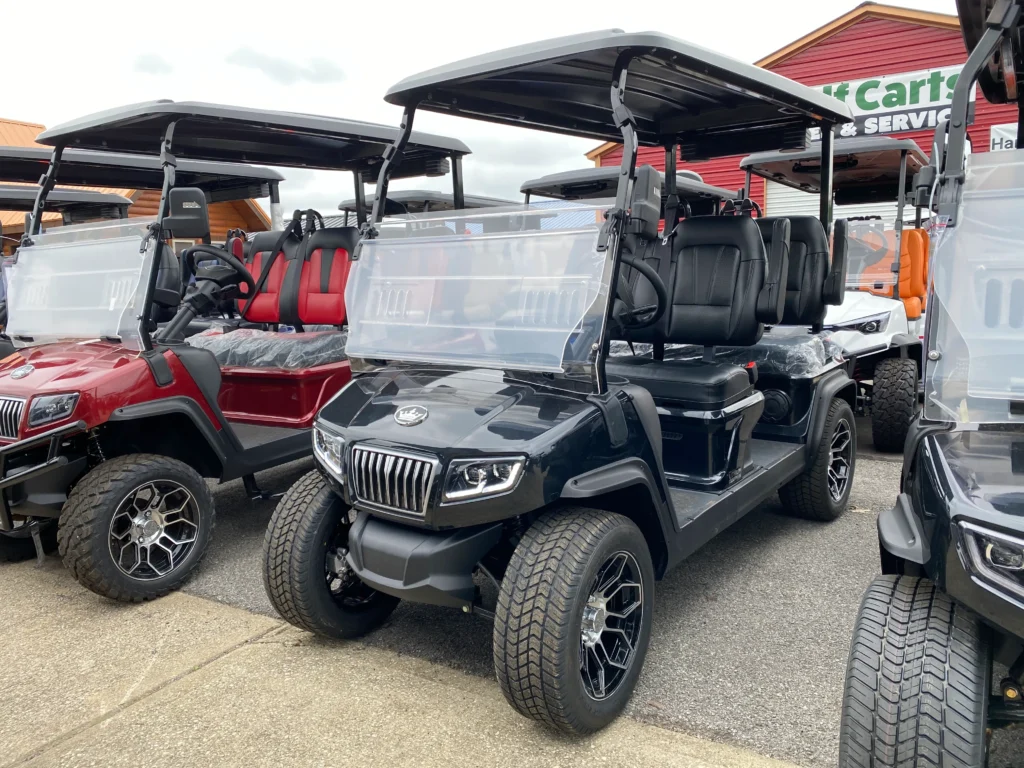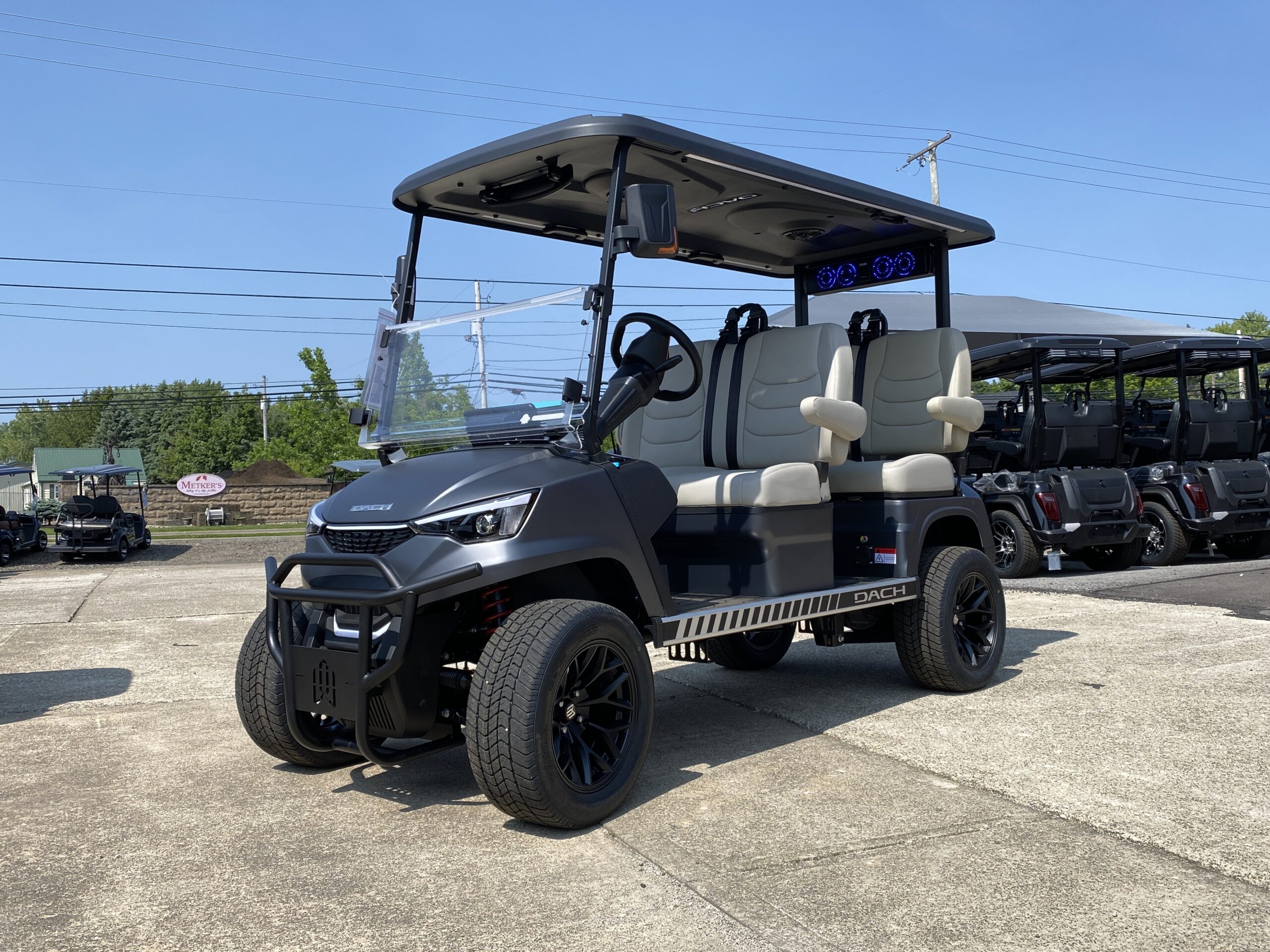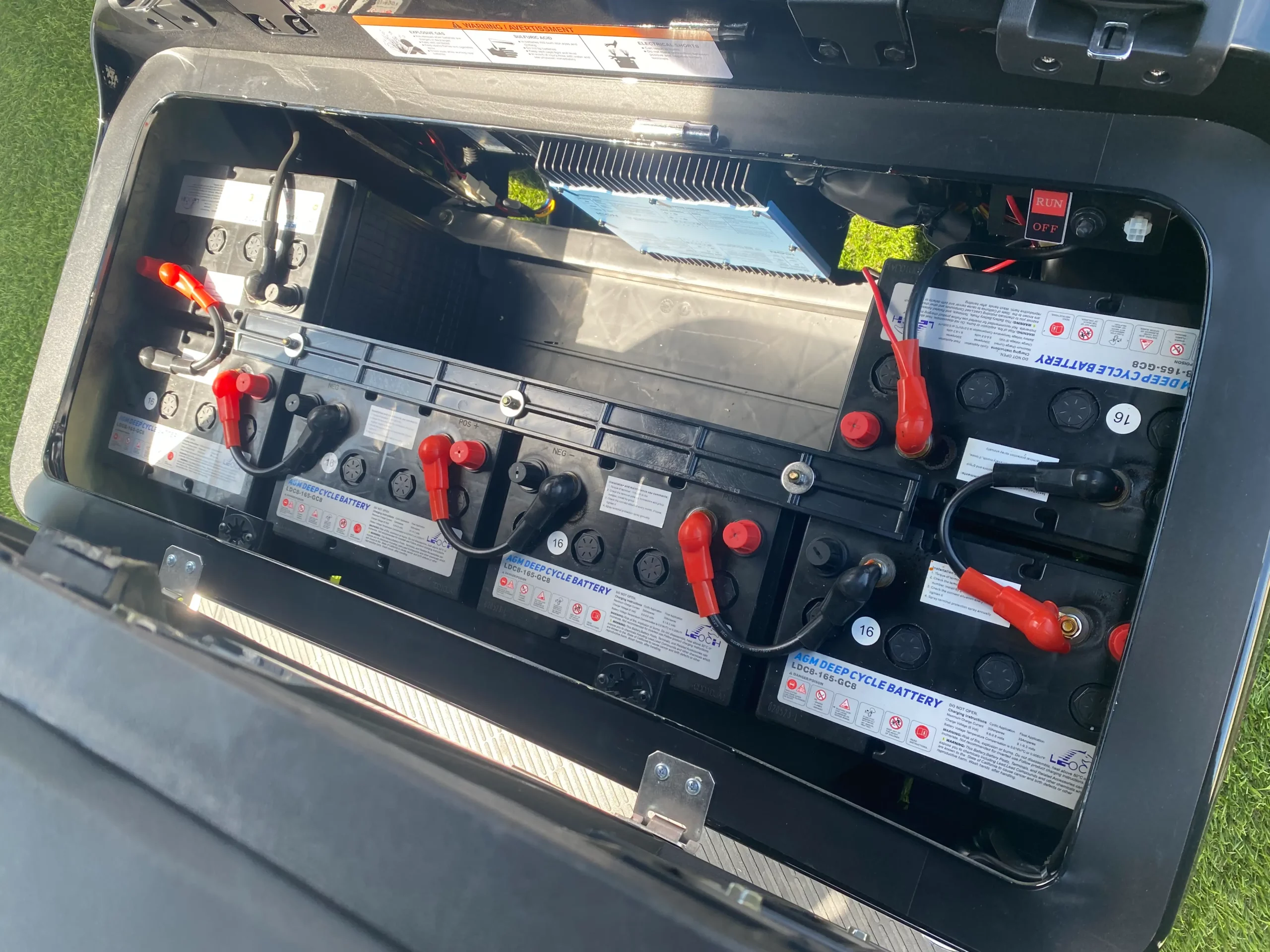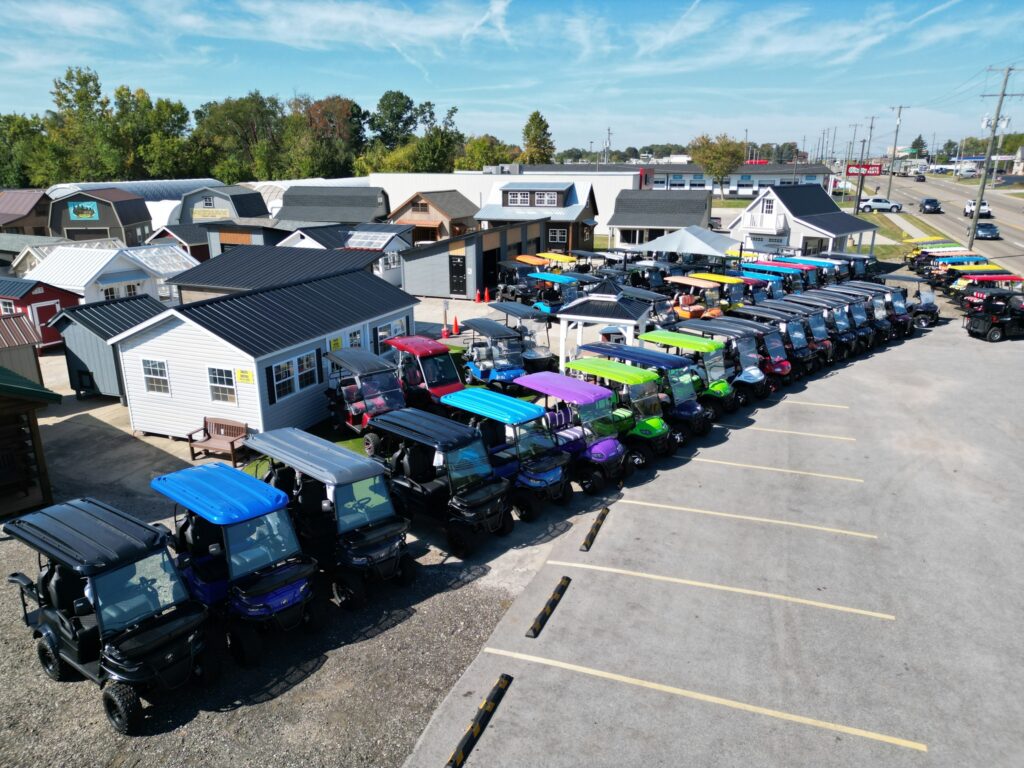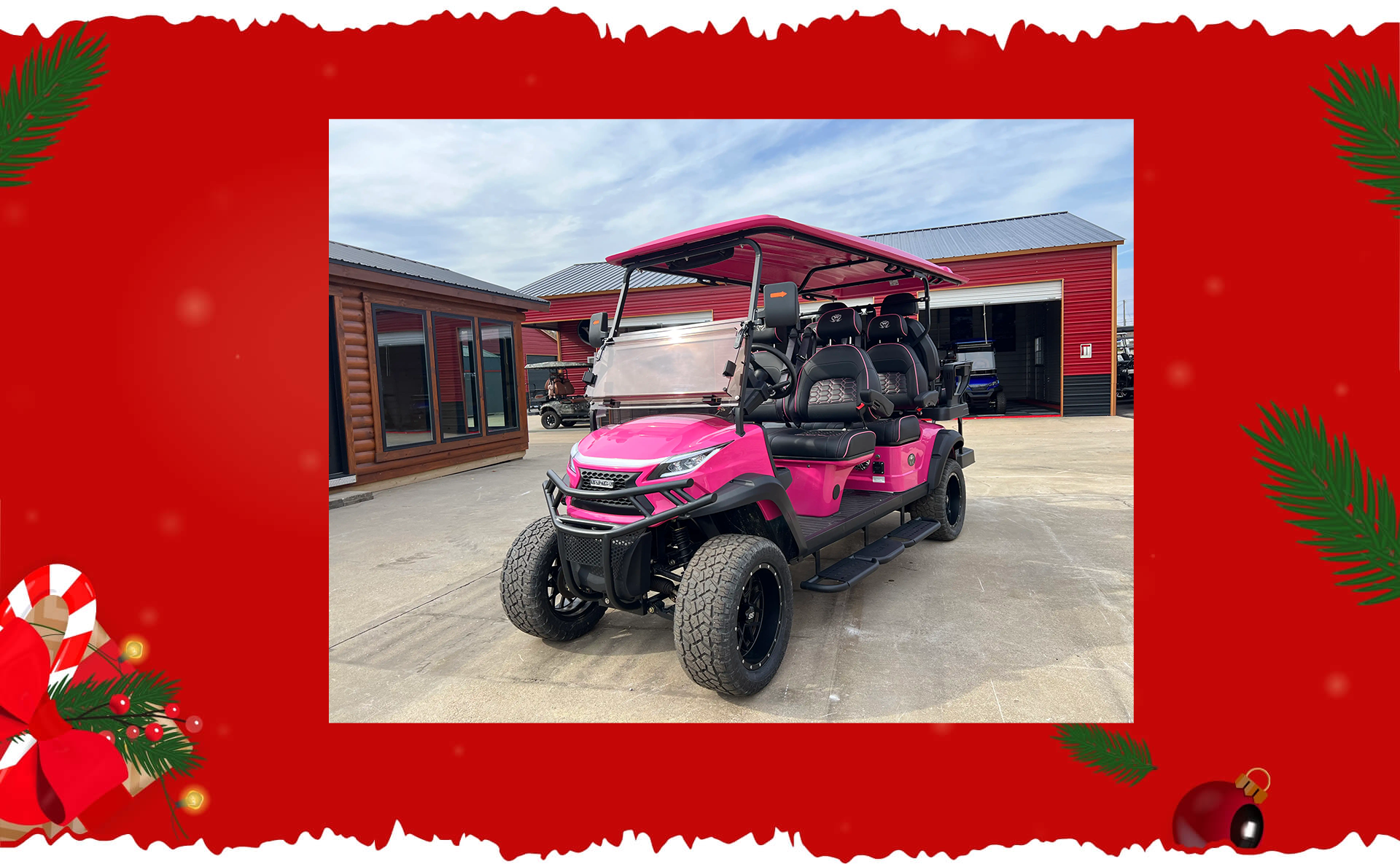A throttle serves as a main control point for any electric bike (e-bike). The throttle manages the power flow from battery to motor so riders go forward without pedals. The selection of a suitable throttle needs thought because many models exist in stores today. This guide explains throttle types next to advantages or drawbacks plus key features to check before purchase.
The throttle stands as a central part which lets you command how much power moves between components. This setup creates a way to move without constant pedaling along with more control over speed. But too many choices in shops make the selection process complex for buyers who want proper function.
This article helps e-bike owners understand different throttle options as well as what makes each type useful. A reader learns about basic designs plus features that match specific needs. The guide also points out important details to notice when looking at various models.
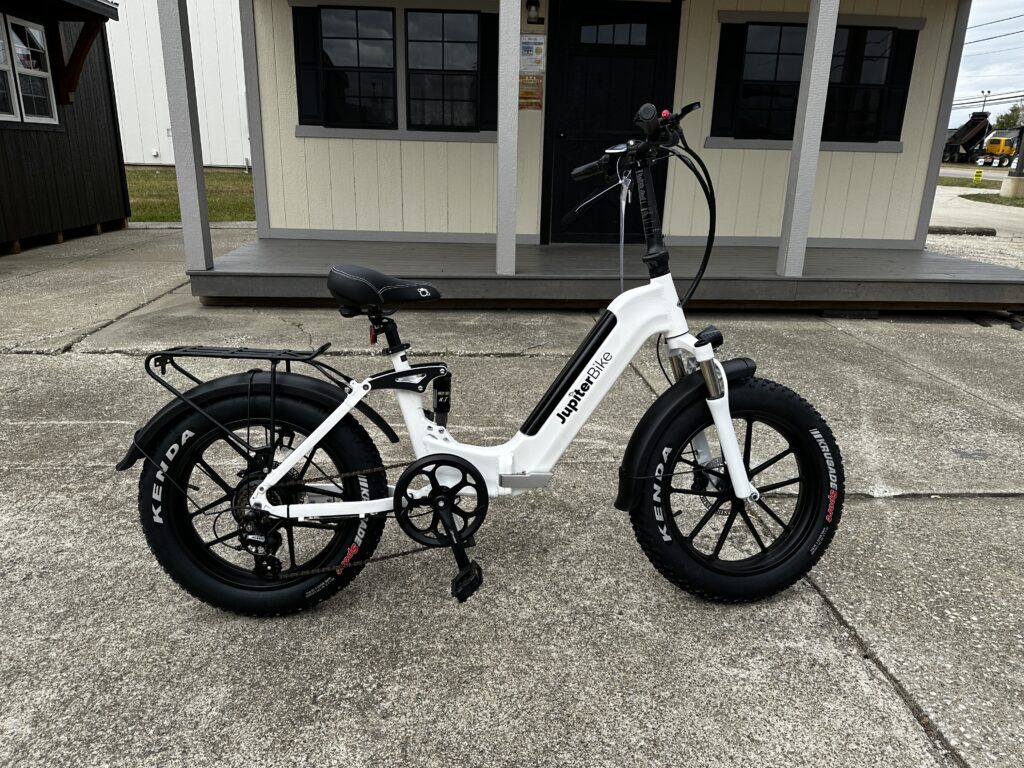
Understanding E-Bike Throttles
E-bike throttles serve as main parts of electric bikes that let riders control speed or power. A throttle turns on the electric motor which moves the bike forward without pedaling. The types of e-bike throttles include twist throttles, thumb throttles along with half-twist throttles. Each type works in its own way with specific benefits or limits.
A twist throttle uses grip movement similar to motorcycles or mopeds. These throttles offer simple operation and feel natural to people who rode motorcycles before. But riders who have weak grip strength or arthritis find them hard to use.
The thumb throttle works with thumb pressure as well as takes up less space than other types. These allow more room for handlebar items and offer better safety because they rarely turn on by accident. But thumbs can get tired and cold weather affects their use.
Half-twist throttles combine features from both types above. The matching rubber grip stays in place and lets riders use multiple fingers or the wrist to make the twist motion. These throttles offer more safety than full-twist types because they turn on less by accident. Riders can add items to the handlebar ends.
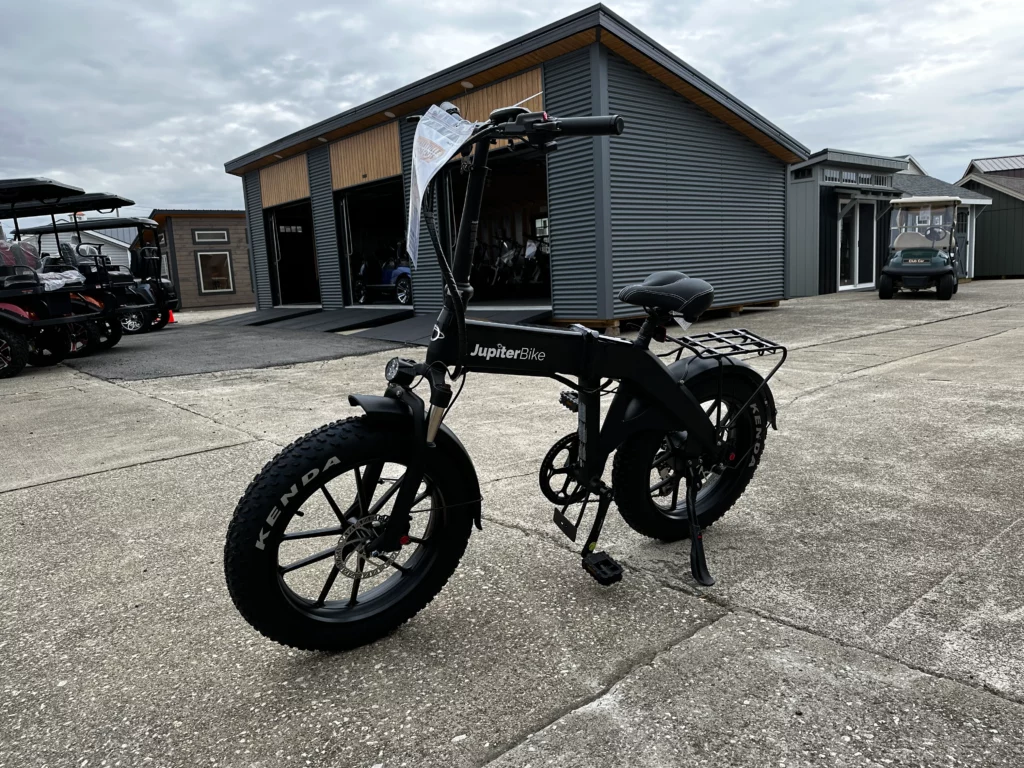
Types of Throttles for E-Bikes
There are several types of throttles commonly used in e-bikes. Each type has its own advantages, depending on the rider’s preferences, riding conditions, and comfort level.
1. Twist Throttle
The full twist throttle is one of the most common throttle types, often found on traditional motorcycles. It works by twisting the handlebar grip, similar to the throttle on a gas-powered bike. The more you twist, the more power is sent to the motor.
- Advantages:
- Familiar Feel: Riders who are used to motorcycles or scooters will find the full twist throttle comfortable and intuitive.
- Precise Control: The twisting motion allows for a more gradual increase in power, giving you better control over acceleration.
- Compact Design: Full twist throttles tend to be compact and don’t take up additional space on the handlebars.
- Disadvantages:
- Grip Fatigue: Holding the full twist throttle while riding for long periods can lead to hand fatigue, especially for those with arthritis or hand mobility issues.
- Limited Customization: Full twist throttles are often part of the grip itself, which may limit customization options for handlebars.
2. Thumb Throttle
A thumb throttle is activated by pressing a small lever located near the thumb. This throttle type is more commonly found on bikes designed for comfort or off-road use. Thumb throttles allow riders to maintain a relaxed grip on the handlebars while controlling the bike’s acceleration with a simple thumb press.
- Advantages:
- Less Hand Fatigue: Because you only need to press with your thumb, there’s less strain on your hand and wrist, making it a good choice for riders who experience discomfort with twist throttles.
- Easy to Use: Thumb throttles are simple and intuitive to operate, making them a great option for new riders or those who want a more comfortable throttle experience.
- Better for Technical Riding: Thumb throttles offer easier control in technical situations, such as steep hills or rugged terrain, where precise acceleration is key.
- Disadvantages:
- Less Precision: Compared to a twist throttle, the thumb throttle may offer slightly less fine control over the power output, especially in more gradual riding conditions.
- Placement Issues: The throttle can sometimes be awkwardly placed, requiring riders to remove their thumb from the grip to engage it.
3. Finger Throttle
The finger throttle is similar to a thumb throttle, but it’s operated by pressing with the index or middle finger. Unlike the half twist throttle, which allows for a more comfortable grip and less wrist fatigue, the finger throttle is mounted on the handlebars like a thumb throttle but often provides more precise control for riders who want to adjust power quickly and easily.
- Advantages:
- Comfortable for Extended Rides: Like the thumb throttle, it reduces hand fatigue by allowing riders to use their fingers instead of gripping tightly.
- Great for Road Riding: Finger throttles are excellent for maintaining consistent speeds on long road rides or commutes.
- Potential for Unintended Power Surges: If not carefully adjusted, finger throttles can sometimes lead to jerky movements or unintended acceleration.
- May Take Time to Get Used To: Riders accustomed to twist throttles may take a bit longer to adapt to the finger throttle system.
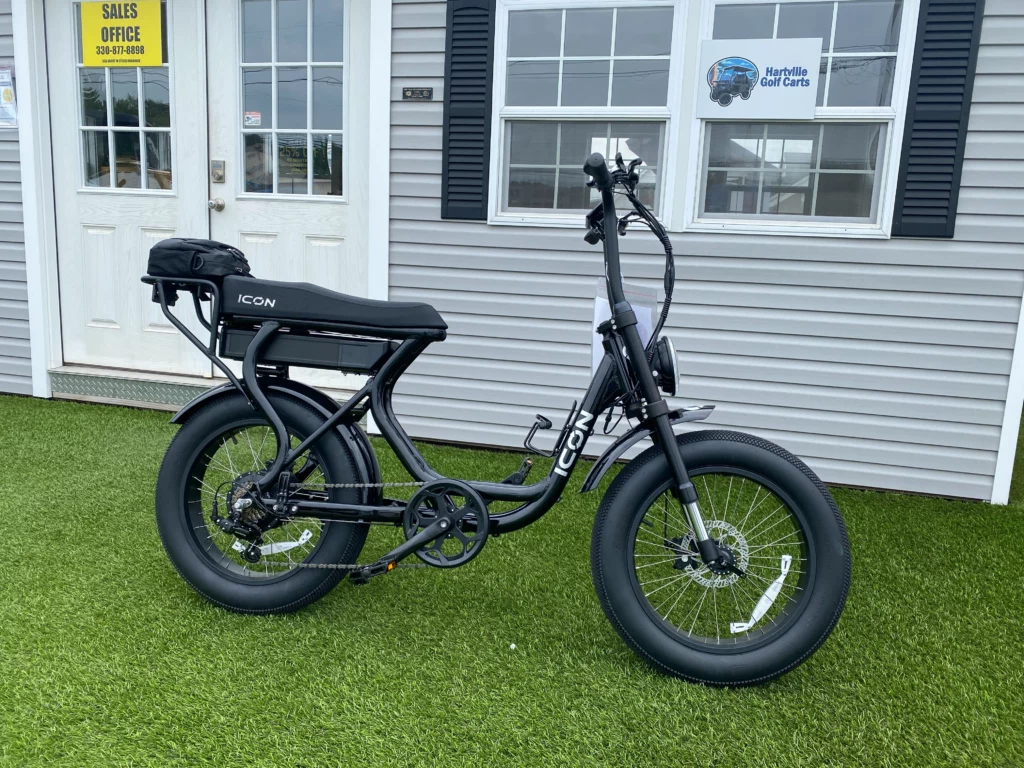
Factors to Consider When Choosing a Throttle for Your E-Bike
When you choose an e-bike throttle, you need to match it with your way of riding along with your comfort level and the roads you plan to use. These are main points to look at:
Pedal assist systems plus throttle systems work in different ways. A pedal assist setup uses sensors to track when you pedal and adds power at those times. This creates a natural feel for your ride.
1. Riding Style and Comfort
Your preferred way to ride and comfort matter when you pick a throttle. A twist throttle suits people who take their e-bike on extended road trips or leisure rides. But riders who stop often or need precise control find thumb or finger throttles more useful.
Electric bikes serve as a clean way to travel which makes rides more fun and cuts down on pollution.
2. Motor Type
The type of motor on your e-bike affects your throttle selection. A twist throttle offers smooth acceleration which suits bikes with high-powered motors or for rough terrain rides. Thumb throttles work well for city trips that need quick power bursts.
Riders often prefer pedal assist along with throttle systems. This setup combines pedaling or motor power to make rides better.
3. Battery Management
The throttle should also be easy to use without overburdening your battery. A good throttle will allow you to control your e-bike’s acceleration without excessive strain on the battery, helping you conserve power for longer rides.
4. Build Quality and Durability
Make sure to choose a throttle made of high-quality materials, especially if you plan to ride in rough conditions. A well-built throttle will last longer and can withstand exposure to the elements without malfunctioning.
5. Customization and Ergonomics
Look for a throttle that fits comfortably with your handlebar setup and allows you to ride without straining your hands or fingers. Some e-bike throttles offer customizable grips or adjustable throttle positions to ensure maximum comfort and ease of use. Additionally, well-designed thumb throttles are engineered to avoid interfering with brake levers and other handlebar accessories, providing greater freedom and safety.
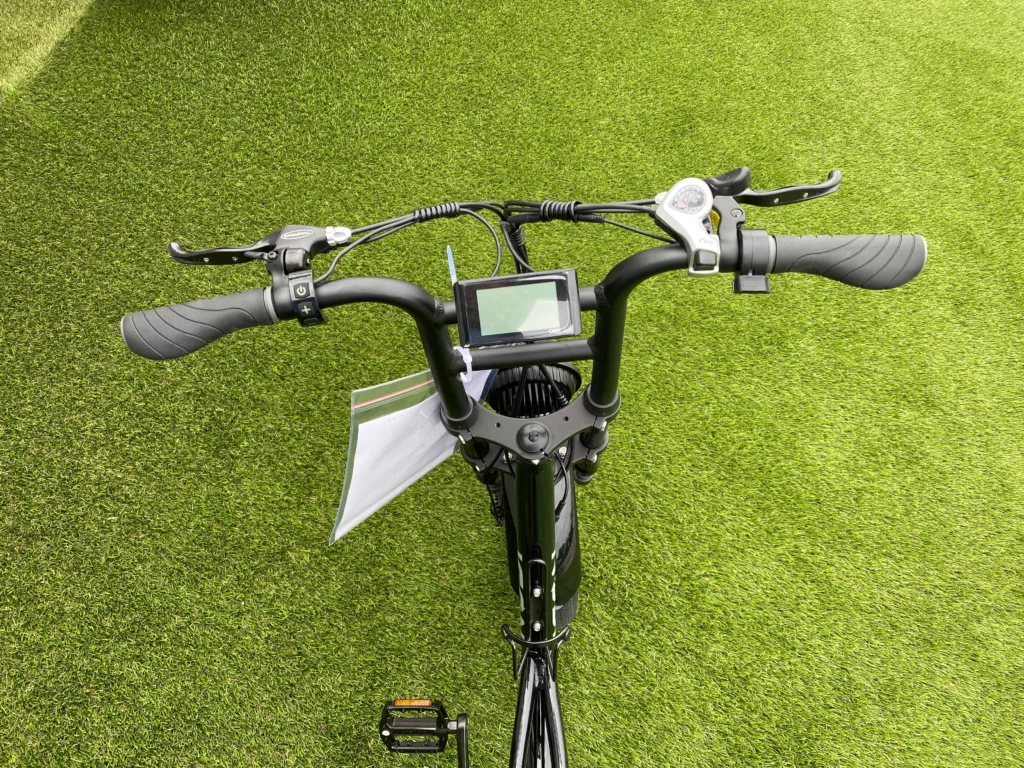
Safety and Regulations
E-bike throttles need to follow safety rules. The United States divides e-bikes into three types: Class I, Class II along with Class III. Class II e-bikes with throttle controls run at speeds up to 20mph. A rider can take them on bike paths or trails.
The law expects riders to know e-bike rules from both local and national sources – mainly for throttle controls. Riders must check what rules apply in their area.
Proper safety equipment includes helmets as well as gloves. The riders must stay alert to follow traffic rules and notice what happens around them.
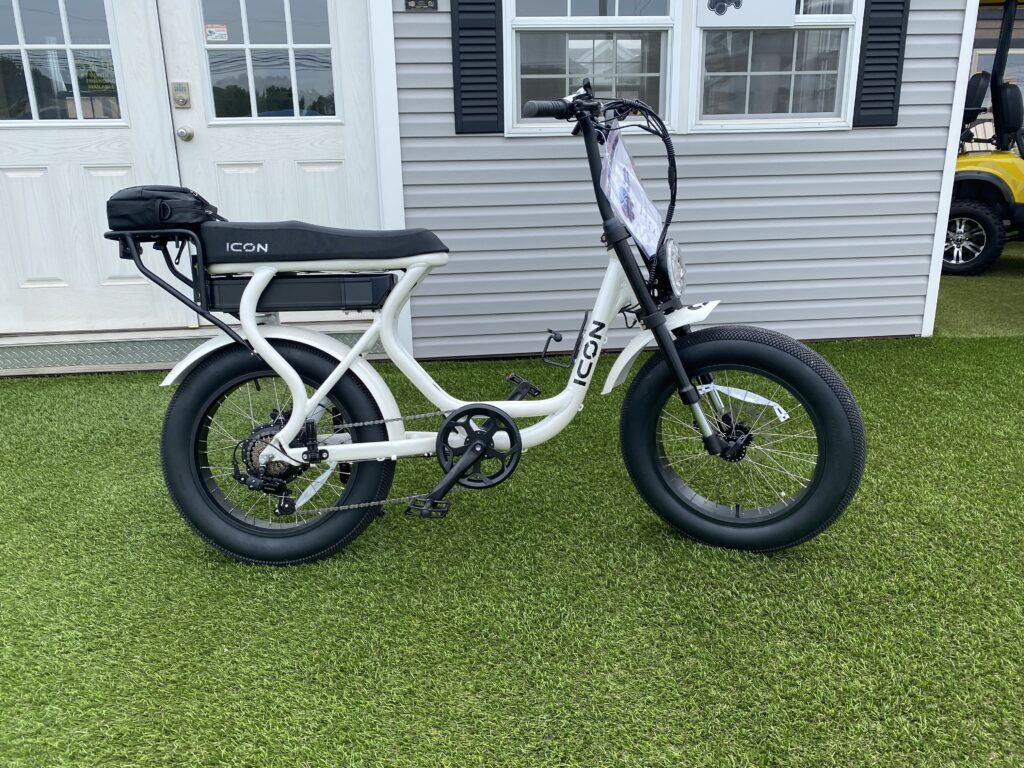
Maintenance and Troubleshooting
A well-maintained e-bike throttle helps provide safe operation. The owners need to check the throttle parts for damage, keep the throttle or handlebars clean along with add lubricant to moving sections.
The most typical throttle problems include bad wires, old parts as well as throttles that don’t line up right. People can fix these problems when they inspect connections, put in new parts or adjust the mechanism.
The manufacturer gives specific guidance about upkeep and fixes for each e-bike model. Riders who need help with throttle maintenance should ask a skilled e-bike repair person.
Riders who take care of throttles, follow safety rules and fix problems create a better experience on the road.
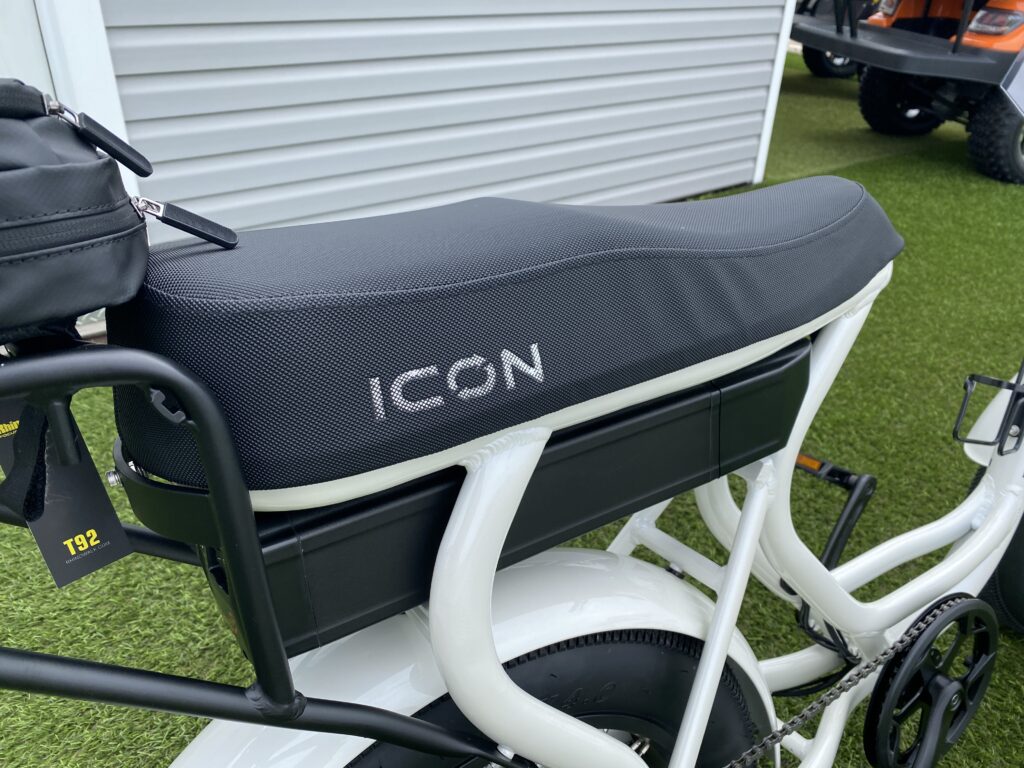
Conclusion
The best throttle for an e-bike depends on how you want to ride. A twist throttle offers simple control or a pleasant ride. Thumb throttles or finger throttles help your hands stay fresh as well as work better for rough paths. Before you pick a throttle you should think about how it feels in your hand along with where you plan to ride. The motor you have next to the battery life also matters for your choice. A good match between all these parts lets you get more joy from each ride. If you are in the market for e-bikes, check out our massive selection of e-bikes for sale.
